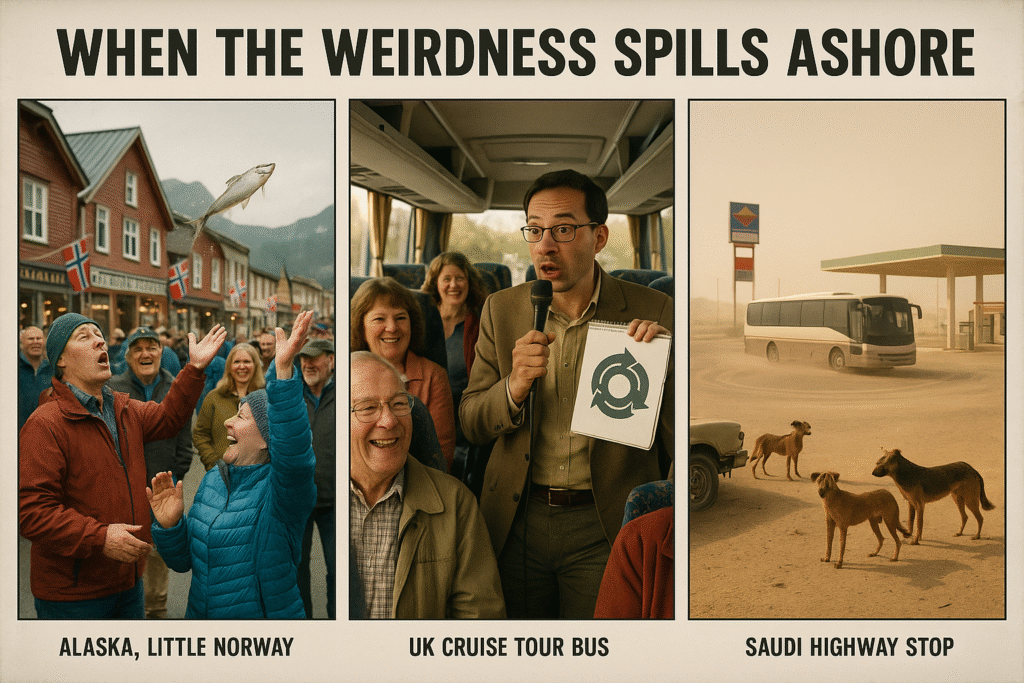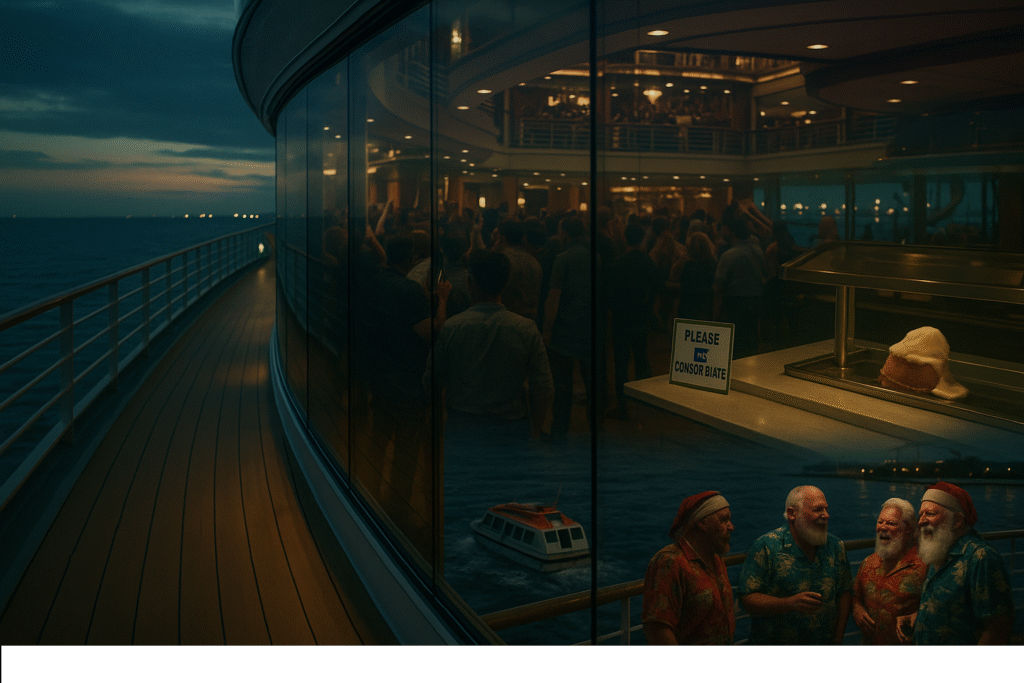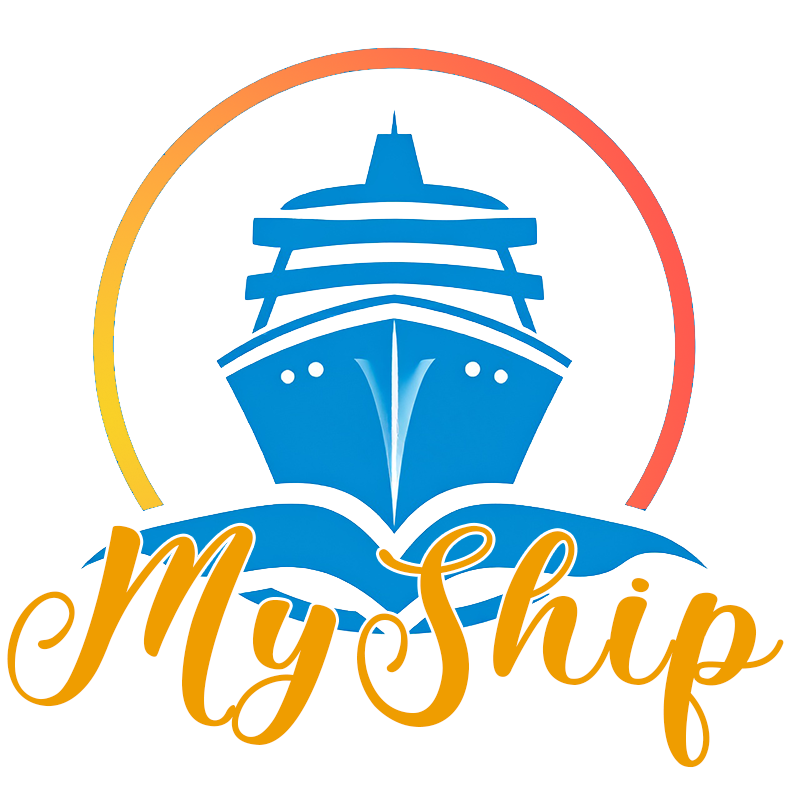Part IV: When the Weirdness Spills Ashore

The bizarre atmosphere of a cruise ship doesn’t always remain contained on the vessel; it often spills over into port, creating unforgettable and hilarious memories during shore excursions. These trips represent a collision between the controlled “cruise bubble” and the authentic, often strange, reality of the outside world, with the funniest stories emerging from the friction between tourist expectations and local customs.
On the very first cruise to sail from the United Kingdom after pandemic restrictions were lifted, a ship full of exclusively British passengers embarked on a tour. The German tour guide, however, had clearly not received the memo. Assuming her audience was American, as was typical pre-pandemic, she spent 40 minutes of the bus ride earnestly explaining British culture to the Brits. She pointed out their love for garden centers, their habit of driving on the left, and the fact that they call “circles” roundabouts. Due to strict social distancing rules, no one could approach her to correct the mistake, leaving the busload of British tourists to quietly listen to a lecture about themselves from a German perspective.
Elsewhere, excursions offer a chance to participate in truly baffling local traditions. In Petersburg, Alaska, a town known as “Little Norway,” tourists witnessed the annual “herring toss.” During this event, revelers line up, kiss a dead herring for good luck, and then toss the slippery fish back and forth, taking a step back with each successful catch until the herring disintegrates and litters the street. For those seeking an even more visceral experience, a trip to Dawson City in the Yukon offers the “Sourtoe Cocktail.” This century-old tradition involves drinking a shot of whiskey containing a genuine, severed, pickled human toe. The one rule: the toe must touch your lips. For a fee, one can join the ranks of over 100,000 people in the Sourtoe Cocktail Club.
Sometimes the weirdness is not a planned cultural event but an inexplicable mystery. Passengers on a tour in Saudi Arabia were confused when their motorcoach pulled off the highway into a gas station and proceeded to drive in circles through a dirt field for 20 minutes, weaving around wrecked cars and stray dogs without any explanation from the guide, before eventually returning to the highway as if nothing had happened.
Conclusion: The Enduring Allure of the Floating Asylum

The tales that emerge from the world of cruising—of brawls and buffet violations, of secret rescues and surreal shore excursions—are more than just amusing anecdotes. They are dispatches from a unique frontier of human behavior. The cruise ship is not an escape from humanity but a hyper-concentrated, amplified version of it. By stripping away the familiar structures of daily life and immersing passengers in an environment of temporary anonymity and indulgence, the cruise ship becomes a mirror, reflecting our collective character in all its glory, absurdity, and occasional horror.
The themes that run through these stories are consistent. There is the rapid breakdown of social norms when the consequences seem remote, the shocking fragility of the curated vacation fantasy when confronted by real-world emergencies, and the joyous celebration of eccentricity that can only flourish in a place where everyone is a stranger. The stories, from the gross to the grand, are a testament to what happens when the normal rules no longer apply.
The enduring allure of these tales lies in their strange relatability. We laugh at the woman complaining about the crane on the shore because we recognize the kernel of entitlement that consumer culture fosters. We are shocked by the atrium brawl because we understand how quickly a crowd can turn into a mob. And we are charmed by the Santas in Hawaiian shirts because they represent the freedom to be unapologetically oneself. The cruise ship, in the end, is a floating asylum where, for a week at a time, the inmates are in charge. And from the safety of the shore, we cannot help but watch, captivated by the madness.
